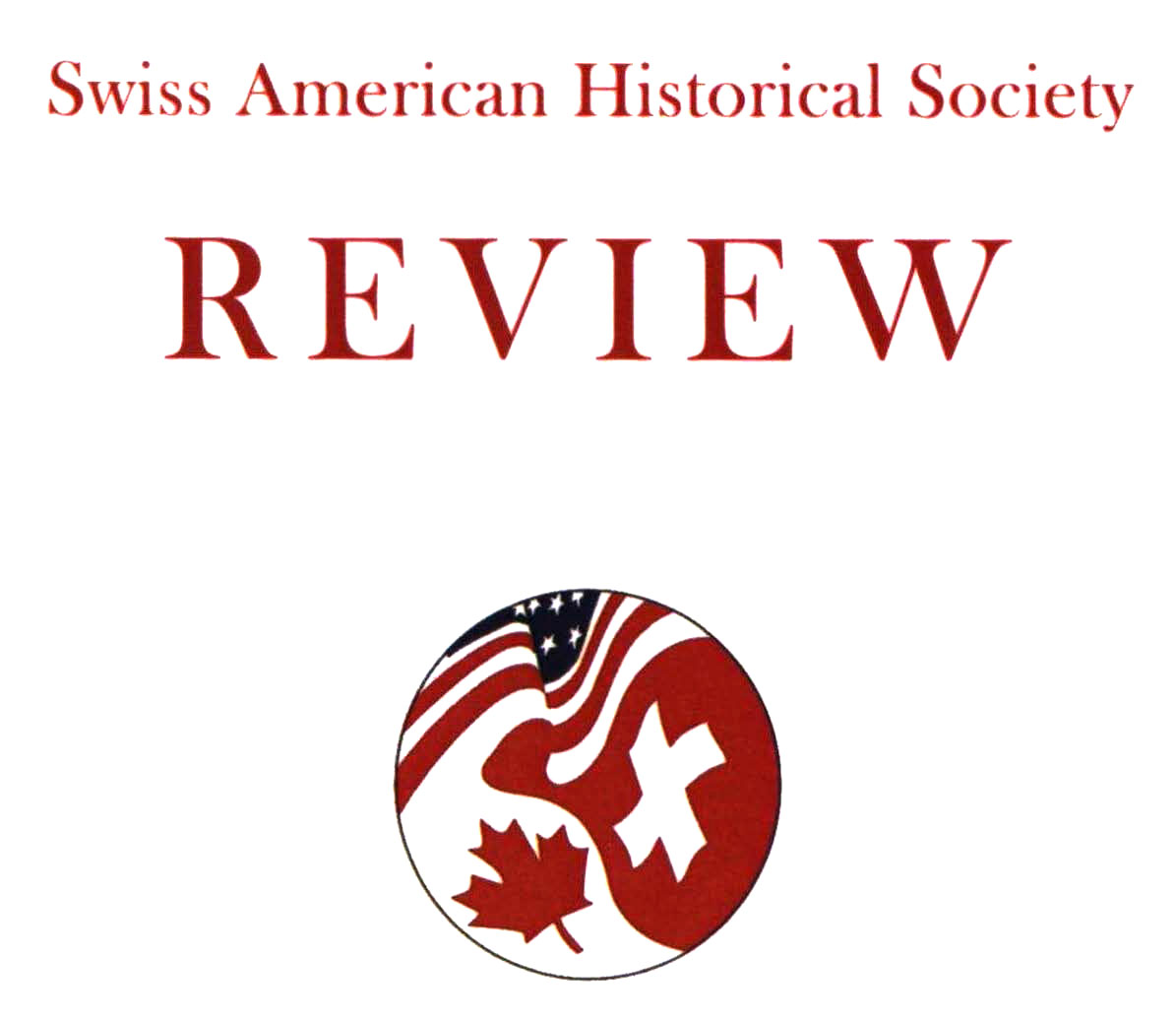Swiss American Historical Society Review

Keywords
Switzerland, Swiss-American, Black Death
Abstract
When the Black Death first arrived in Europe in 1347, it struck along the Mediterranean coast of Italy and southern France. In the following year, the plague swept into central Europe following major trade routes deep into the interior of the continent. The pestilence was one of the most virulent diseases ever to strike the human community, and its impact was devastating, because perhaps a third of the population of Europe died in the next several years. People were dying at an unprecedented rate, and no one knew precisely what the contagion was or how to stop it. 1 A few communities took practical steps to stop the affliction, such as England, which attempted to block any commerce from the afflicted areas to prevent the arrival of the disease, but such efforts usually proved to be unsuccessful. Most contemporaries either believed that the malady was of supernatural origin, in which deity was punishing humanity for its sins, or that there was some kind of grand conspiracy by enemies of society to murder their adversaries. In some areas, suspicion fell upon the weak and disfranchised such as lepers and the poor, but, by far, the Jews were singled out as the main antagonists of Christianity and, therefore, were somehow responsible for the huge numbers of deaths in some great scheme of murder. To prevent the Jews from attacking society, the Christians often struck first to destroy them. The Jewish communities had long been the victims of abuse and violence, but the persecutions associated with the advance of the plague were the most severe they faced in the entire Middle Ages.
Recommended Citation
Winkler, Albert
(2007)
"The Approach of the Black Death in Switzerland and the Persecution of Jews, 1348-1349,"
Swiss American Historical Society Review: Vol. 43:
No.
3, Article 2.
Available at:
https://scholarsarchive.byu.edu/sahs_review/vol43/iss3/2
